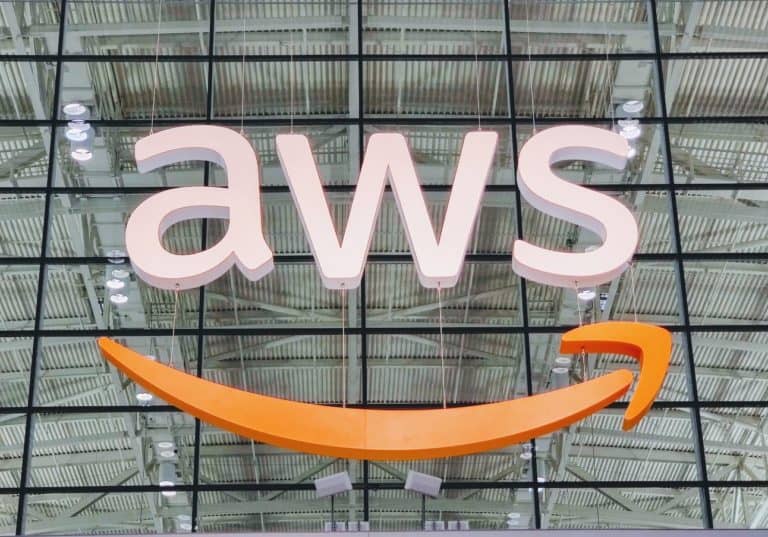The partnership with Verizon 5G is part of Amazon’s global expansion of its edge computing infrastructure.
This week Amazon Web Services announced the availability of two new AWS Wavelength Zones on Verizon’s 5G Ultra Wideband network in Denver and Seattle. Wavelength Zones are now available in 10 cities, including the previously announced cities of Atlanta, Boston, Dallas, Las Vegas, Miami, New York City, San Francisco, and Washington DC.
The company has also recently announced its Wavelength expansion in to Asia. It has announced a new Wavelength instance in Tokyo, Japan and has partnered with SK Telecom to roll out a Wavelength instance in South Korea.
Built on Verizon’s 5G Network
Amazon has embedded the new Wavelength Zones in Denver and Seattle into Verizon’s 5G network.
AWS builds its Wavelength service inside a carrier’s data centers. This in turn allows it to minimize latency for users, since those facilities are part of the network over which users’ information travels.
When compared with a regular AWS cloud region, Wavelength reduces latencies by several milliseconds or more. This reduction in latency can make a big difference, depending on the use case.
Customers already on board
Verizon’s Skyward drone software business is one customer example. Because the AWS Wavelength infrastructure is part of a city’s 5G network, latency is low enough that Skyward can offload certain processing tasks from commercial drones to the AWS service. This allows them to reduce the amount of computing hardware onboard the drone. This in turn reduces the weight of the drone at takeoff, thus allowing for longer flights, according to AWS.
LG Electronics Inc. and Harman International Industries are to be customers of the new Wavelength service, according to Amazon. It is also possible that some teams inside Amazon’s own Seattle-based retail operation will also start using the service for their own operations that could benefit low latency.
